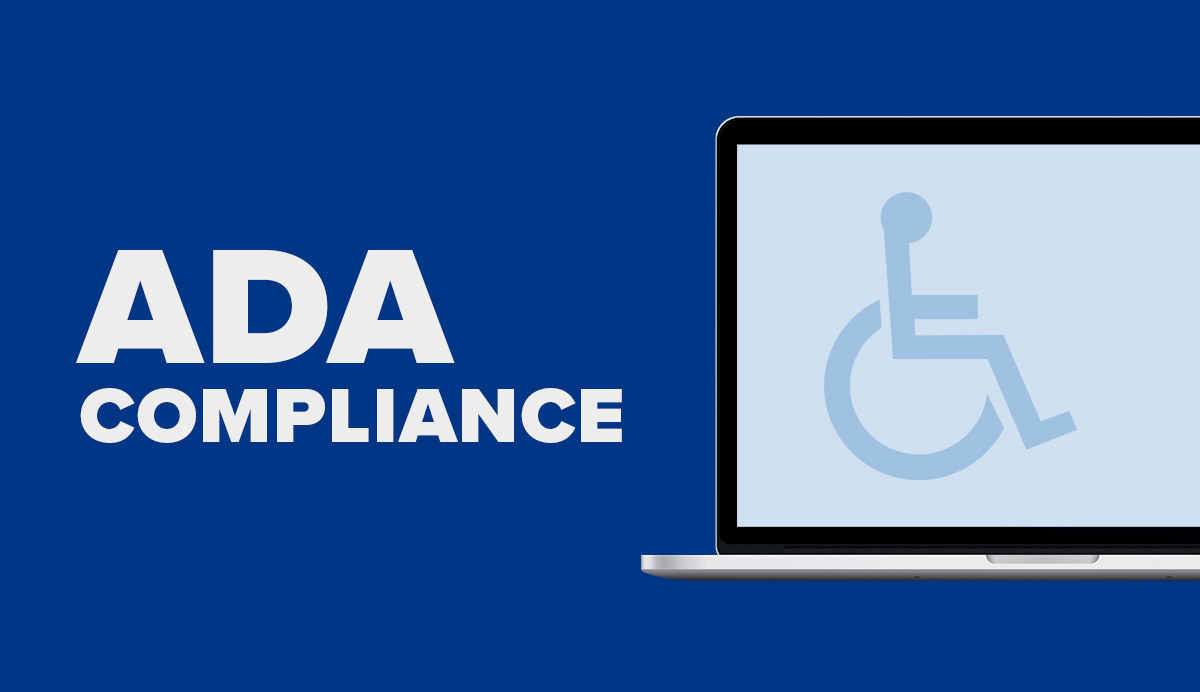ADA Compliant websites must follow WCAG guidelines to be accessible to people with disabilities. Not only are these sites usable even without a mouse, but they also protect your business from lawsuits. Creating an ADA-compliant website is simple. Follow these guidelines when designing your website.
Table of Contents
ADA-Compliant Websites Must be Used Even Without a Mouse.
A website must be usable for those with disabilities to meet the ADA guidelines. This includes incorporating alternative input methods for visual content, making videos and animations accessible, and including audio tracks in video clips. These requirements are essential for accessibility.
Every website should strive to meet these guidelines. There are a variety of advantages to ADA compliance. Most importantly, a compliant website will boost your website’s performance for all visitors. The ADA requirements let all visitors to a site take advantage of all of its features, including leaving some accessibe reviews, despite the fact that many business websites are designed to generate leads and sales.
While the ADA has a long history, it’s still evolving. As the internet grows in importance, courts have struggled to decide whether websites are public accommodations under the act. However, recent court rulings indicate that websites are important enough to be covered by the ADA.
They Must Adhere to WCAG Guidelines.
Your website must follow the WCAG guidelines for accessibility to be considered ADA-compliant. The WCAG guidelines are a set of best practices for websites that ensure a positive user experience. These guidelines also mandate that your website include accessible text (alt text) that screen readers can use to describe website elements. According to professionals like accessibe website is for business or pleasure, alt text is essential for accessibility.
One of the essential elements of accessibility is contrast. Low contrast will make it harder for users with low-vision to read your website has low contrast. Your website should have a contrast ratio of 4.5 or greater. You should also ensure that your fonts and formatting are simple and concise. In designing your website, remember that the goal is to provide a smooth and enjoyable experience for all users, regardless of how they access it.
Content is another key component of ADA compliance. Content should be organized logically and efficiently readable for all users. Ensure that your website uses headings and sub-headings and that your forms have clear instructions. Using proper punctuation will ensure that users with impaired vision or hearing can access the information they need.
They Must be Accessible to People with Disabilities.
A website should be built to support a variety of users. The layout and navigation must be simple and predictable for users of all skill levels. Content should have clear labels above it that are also beneficial. Flashing images or motion graphics should be avoided if possible. Also, all images should have captions to help users with visual impairments access the website.
ADA compliance starts with the look and feels of your site. For example, fonts must be easy to read and understand, with simple fonts such as Arial and Sans serif. The layout and formatting of a website should also be simple and uncomplicated. Designers often imagine websites in a certain way, so it’s essential to design your site in a way that meets these requirements. Many users with disabilities use touch-assistive technologies to navigate, so your website’s layout must be easy for them to use. Additionally, all functionality should be accessible by keyboard.
ADA compliance is essential for a successful website, as it makes your website accessible to people with disabilities. A website accessible to everyone will increase traffic and help your business grow. However, ADA compliance requires a significant amount of effort on your part. Following the guidelines and standards from the W3C will help you get closer to the goal of being fully ADA-compliant.
They Protect Your Business From Lawsuits.
Your business needs to have a website to stay competitive. With the rapid growth of digital platforms, such as online shopping, the need for websites has increased. As a result, businesses must take steps to ensure that their websites are compliant with ADA standards.
A website that is not ADA-compliant is at risk of facing litigation. The government can fine companies up to $75,000 for a first offense and up to $150,000 for subsequent ADA violations. Because of these fines, your business needs to invest in ADA compliance.
One of the best ways to ensure ADA compliance is to get a professional audit performed by an accessibility expert. Having a professional assess your website will ensure that it meets accessibility standards and will mitigate your risk of lawsuits.





